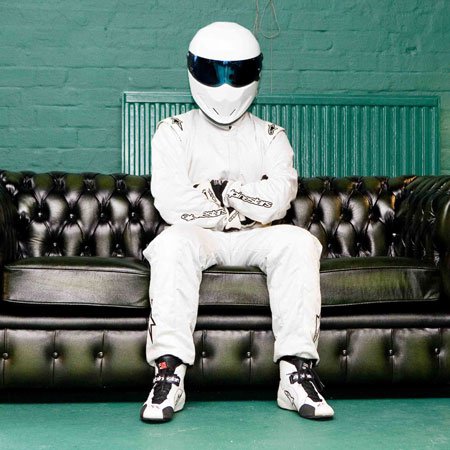Here are five things the supply chain industry can learn from Top Gear.
1. Speed is essential
Jeremy Clarkson advises: “Speed has never killed anyone, suddenly becoming stationary… That’s what gets you.”
For the supply chain industry speed and stagnation can be deadly. PwC’s Global Supply Chain Survey found that industry leaders (financially and operationally) have “supply chains that are efficient, fast and tailored – a model that lets companies serve their customers reliably in turbulent market conditions and that differentiates between the needs of different sets of customers.”
2. Innovate
At the heart of every Top Gear episode is innovation. Whether it be turning a combine harvester into a snow plow, a car into a motorhome, or designing a mobility scooter to that will “tackle the wilds of the British countryside,” the boys on Top Gear know how to get creative.
Innovation is critical to growth and to gaining (and maintaining) a competitive advantage. Innovation can also save you money. In Colin White’s book Strategic Management, he provides the example of Ikea. Ikea redesigned their Bang mug with the pallet in mind. By doing so they were able to significantly increase the number of mugs they could fit on each pallet (from 864 mugs to 2,024 mugs). The product redesign enabled Ikea to reduce shipping costs by 60 percent.
3. There is such thing as too much power
Fast cars are the lifeblood of Jeremy Clarkson. However, after driving the Ferrari F12 Clarkson surprised everyone by pronouncing that the car had too much power.
As Lao Tzu said: “A leader is best when people barely know he exists, when his work is done, his aim fulfilled, they will say: We did it ourselves.”
4. Be social
One reason the Top Gear boys have around 350 million views each week and are entered into the Guinness Book of World Records for being the “most watched factual show” is because of their banter.
In a Supply Chain 24/7 article Adrian Gonzalez notes that 30 percent of supply chain professionals currently block access to social media sites. The reason being that “many supply chain executives and companies are stuck on the starting line because they can’t get past the word ‘social’ and the perception it creates.” This needs to change. As Clara Shih and Lisa Shalett point out in an HBR Blog post – it can be perilous to be a social media holdout. That is, being a social media holdout means that you let others define your company’s reputation, your company is invisible and less credible, and your company is perceived by potential customers as being behind the curve.
5. Never underestimate The Stig
“Some say he never blinks and that he roams local woodlands foraging for mouse meat. All we know is, he’s called The Stig.”
The Stig sets lap times and instructs celebrity drivers on Top Gear; we know nothing else about him. That being said he is an integral member of the team, effective at what he does, and is respected (he has a cult following inclusive of 6 million Facebook “likes”).
Within your company you most likely have a Stig – a silent performer who excels at their job. Unfortunately, the silent performer often does not receive the accolades the more outgoing employee receives. This is to the detriment of the company – your silent performer might be your star intrapreneur.

